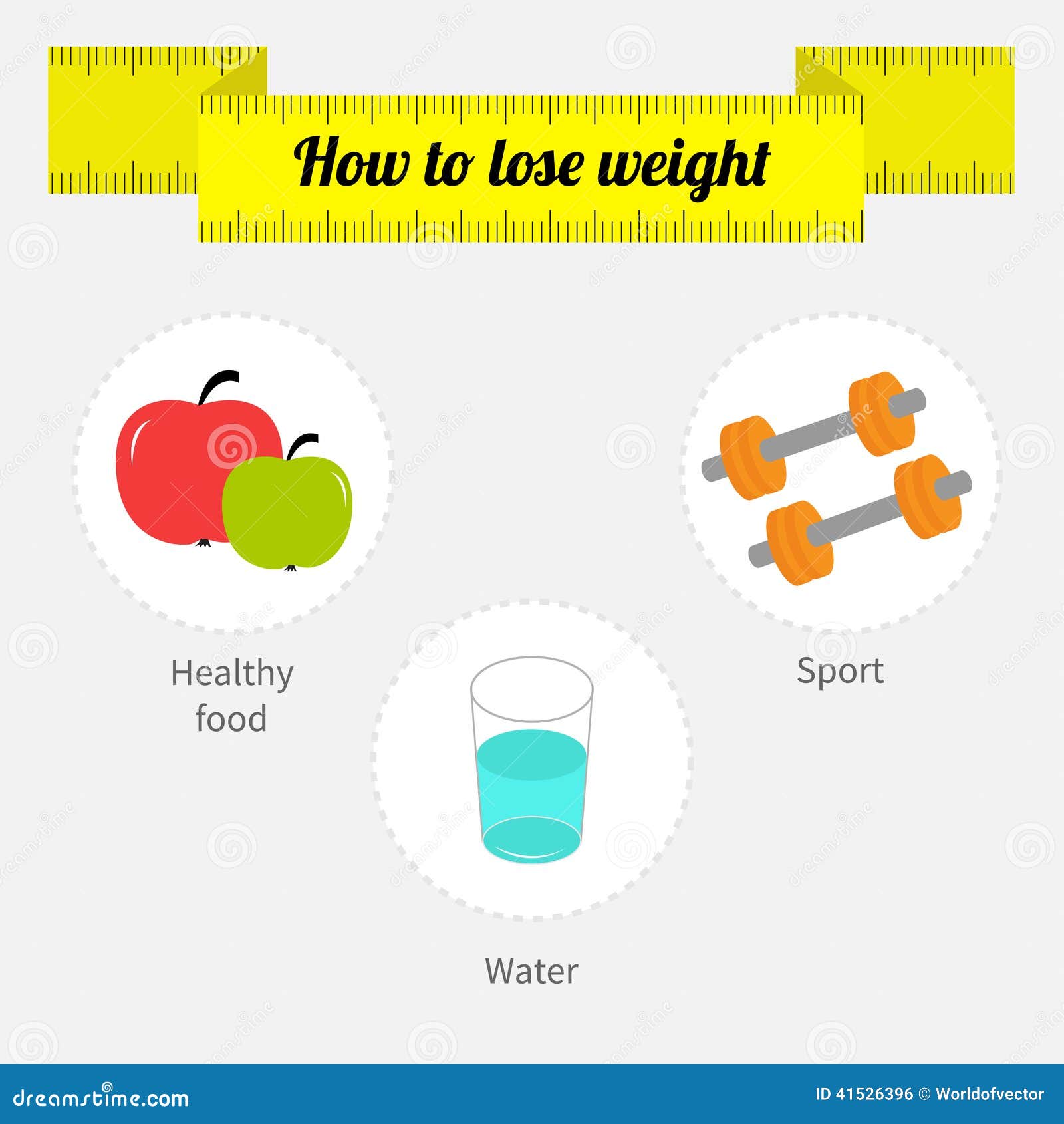Cold laser treatment is a useful device to aid hurting monitoring and the healing procedure. It is typically utilized in sporting activities medicine, dermatology and acupuncture.
Cold lasers penetrate deep right into cells and advertise chemical adjustments without heating them. They decrease inflammation and swelling, speed up mobile task and increase recovery.
Academic Background
Unlike the high-intensity lasers that surgeons usage to puncture tissue, cold laser therapy uses light-emitting diodes to penetrate into your skin and advertise recovery. As these photons get to damaged tissues, they launch a chain reaction that boosts your cells' manufacturing of enzymes and accelerates your body's natural healing procedures.
The photons additionally reduce pain through the production of endorphins and enhance your body's capability to drain swollen locations by generating vasodilation (the growth of capillary). Because of this, it aids you recoup from musculoskeletal injuries and pain more quickly.
Many individuals have actually become aware of chilly laser treatment from their physiotherapist, chiropractor or medical professional and might be questioning how it functions. Unlike a lot of laser gadgets used in the clinical field, which actually warm up cells, our cutting edge tools sends out chilly laser light beams that do not trigger any home heating of your tissues. This allows your body to obtain the restorative benefits without causing any type of side effects.
Clinical Tests
Cold laser therapy is often advised as a therapy option for individuals who have bone and joint pain and injuries. It can be used to minimize inflammation, reinforce tissues and increase the body's natural recovery processes.
Non-thermal photons of red and infrared laser radiation are soaked up by the light sensitive components in cells and initiate a rise in intracellular metabolic process that enhances cell reproduction, lowers inflammation, removes edema and shortens recovery time.
Unlike the light that is created by sunshine or conventional lights, laser light is parallel (all wavelengths traveling in the same direction), coherent and single. These residential or commercial properties permit laser energy to pass through deeper into the cells.
A number of clinical trials have actually shown that LLLT can be efficient in lowering pain in the bone and joint system. Nevertheless, even more well-designed research studies are needed to examine the optimum settings for laser irradiation and to establish its effectiveness in details conditions, such as oral mucositis in cancer cells clients obtaining chemotherapy or radiotherapy, and injury recovery (including diabetic person ulcers adhering to hammertoe surgery). This Aetna policy notice does not address other uses LLLT, including the treatment of numerous skin diseases.
Conclusions
Unlike medical lasers that can damage tumors or coagulate cells, cool laser therapy does not heat up the body's cells. Rather, the light stimulates your cells to create adenosine triphosphate, which quickens the repair process of damaged tissues.
Aetna thinks about low-level laser (LLL) treatment medically required for the avoidance of dental mucositis associated with cancer therapy (radiation treatment, radiation therapy, hematopoietic stem cell transplantation) and non-cancer treatments (such as radiodermal injury, fibromyalgia). A number of researches revealed that LLT can be effective in minimizing PU symptoms without unfavorable results. However, distinctions in research designs and laser dosimetry made contrast of the results tough; RCTs with reduced danger of predisposition are needed. Making use of a 660 nm wavelength and higher power thickness appears to be much more efficient than the various other researched laser wavelengths. This could be due to the fact that the other wavelengths may promote inflammatory processes and trigger more adverse effects. The result of the type of laser utilized is also crucial; the writers suggest that future study concentrate on reviewing various types of lasers and their doses to figure out the optimum mix of laser criteria for PU avoidance.
Recommendations
Cold laser therapy is used by dental experts to deal with swollen periodontal cells, medical professionals to reduce discomfort brought on by rheumatoid joint inflammation, and physiotherapists to speed up the recovery of muscular tissue, ligament, and tendon injuries. Lots of clinical insurance coverage plans cover this treatment.
Unlike warm lasers, which have a thermal result on tissues, cool lasers (additionally called low-level lasers) boost the mobile power of the skin. Photons from the laser light pass through right into the cell, causing a series laser for smoking cessation of chemical adjustments that advertises regeneration and decreases swelling.
In order to work, lasers must be appropriately arrangement and made use of. This is why it is not suggested to purchase an economical over the counter laser gadget and attempt to treat on your own in the house. A trained specialist is needed to guarantee that the gadget is made use of properly to reduce the risk of eye injury and maximize its efficiency. The laser gadget need to be adjusted to the appropriate setup, strength, regularity, and placement of the laser on the therapy location.
